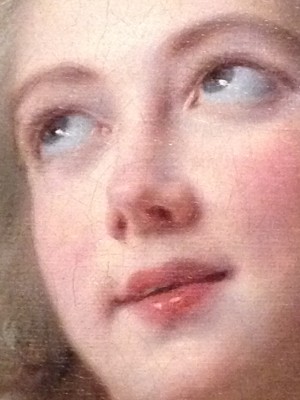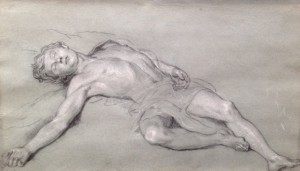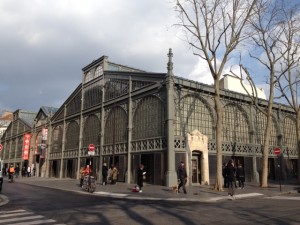
The Morgan in New York has an exceptional collection of drawings ranging from preparatory studies to finished works of art with nearly twelve thousand drawings from the fourteenth through to the twenty-first centuries. The primary focus of the Morgan Library & Museum’s collection is European drawings executed before 1825, but the Morgan also has the largest collection of Rembrandt etchings in the United States.
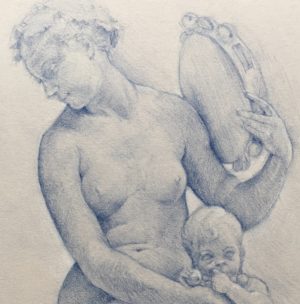 I have been lucky and immensely fortunate to draw at the Louvre Museum in Paris for a few years now. In doing so I have learnt some practical techniques and some aspects on how to use my time there productively.
I have been lucky and immensely fortunate to draw at the Louvre Museum in Paris for a few years now. In doing so I have learnt some practical techniques and some aspects on how to use my time there productively. 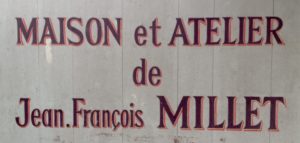 Jean-François Millet (1814 to1875) was born in Normandy and was one of the Barbizon school painters. Today, in Barbizon, you can visit his original studio just outside Paris that is crammed with his drawings, some paintings and many personal artefacts.
Jean-François Millet (1814 to1875) was born in Normandy and was one of the Barbizon school painters. Today, in Barbizon, you can visit his original studio just outside Paris that is crammed with his drawings, some paintings and many personal artefacts. 
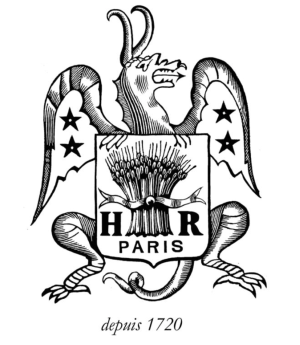
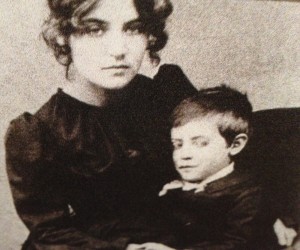
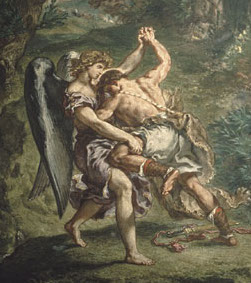 Ferdinand Victor Eugène Delacroix (1798 – 1863) was a French artist who is regarded as the leader of the French Romantic school. For 40 years Eugène Delacroix was one of the most prominent but controversial painters in France. His works were often criticised and scandalising, never the less, he received many official honors and commissions during his lifetime. Complex, contradictory, a rebel, and an outsider, he had a profound and lasting influence on his contemporaries and future generations.
Ferdinand Victor Eugène Delacroix (1798 – 1863) was a French artist who is regarded as the leader of the French Romantic school. For 40 years Eugène Delacroix was one of the most prominent but controversial painters in France. His works were often criticised and scandalising, never the less, he received many official honors and commissions during his lifetime. Complex, contradictory, a rebel, and an outsider, he had a profound and lasting influence on his contemporaries and future generations.